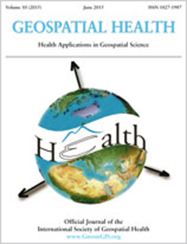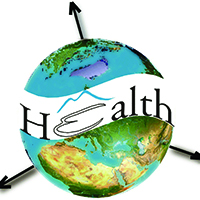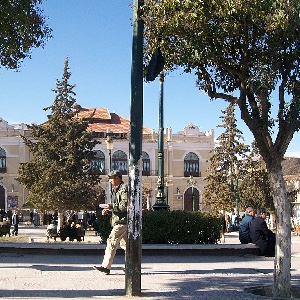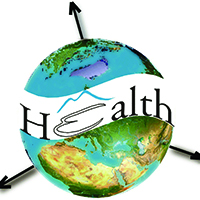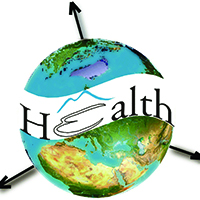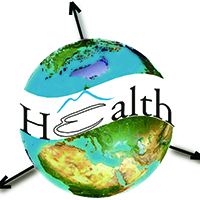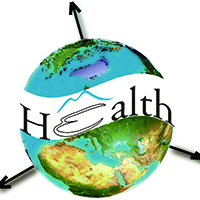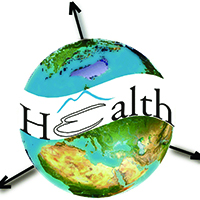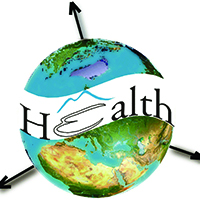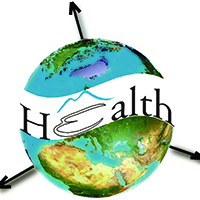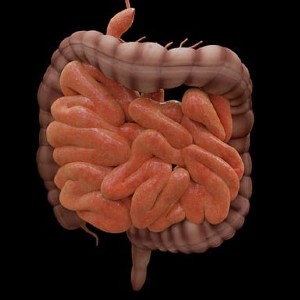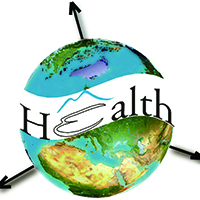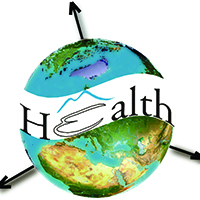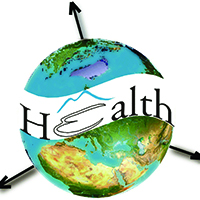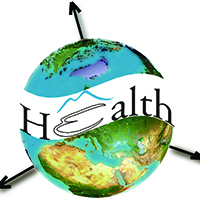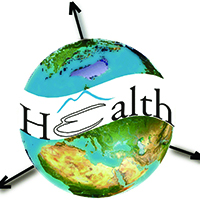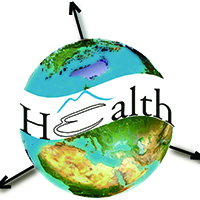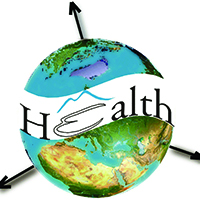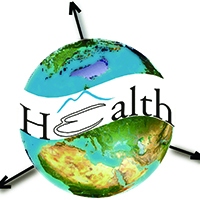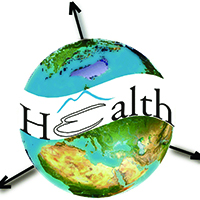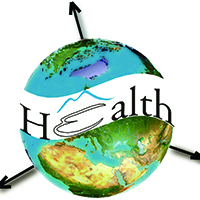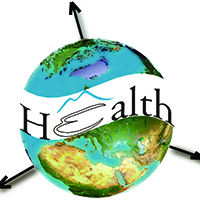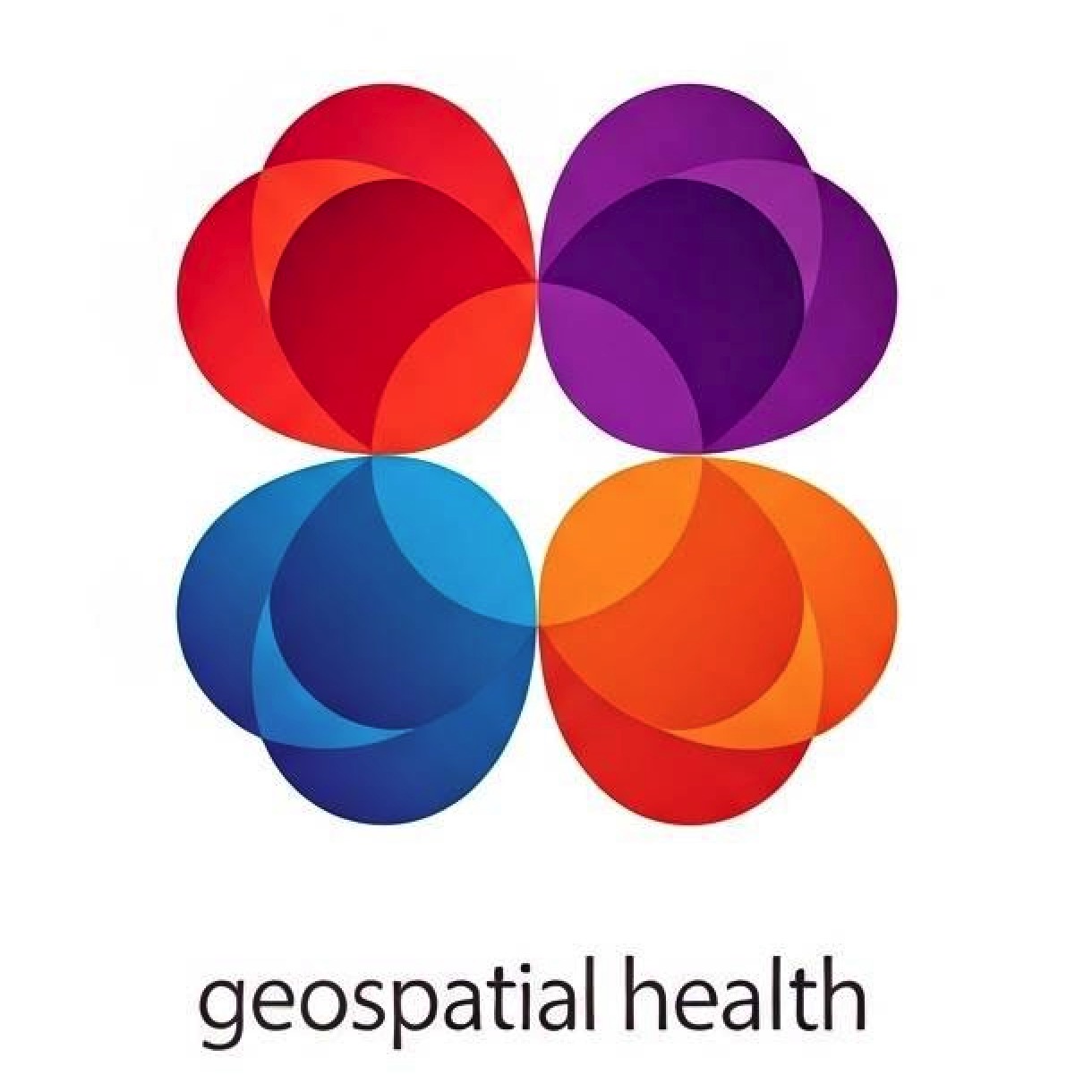FOR AUTHORS
Search
Search Results
##search.searchResults.foundPlural##
-
Local healthcare resources associated with unmet healthcare needs in South Korea: a spatial analysis
1720PDF: 413Supplementary materials: 149HTML: 93 -
Geographical accessibility to healthcare by point-of–interest data from online maps: a comparative study
978PDF: 250Supplementary Materials: 76HTML: 11 -
Access to the COVID-19 services during the pandemic - a scoping review
2091PDF: 571Appendix: 237HTML: 100 -
Haemodialysis services in the northeastern region of Iran
3960PDF: 1084HTML: 901 -
Spatial accessibility to basic public health services in South Sudan
8166PDF: 2422APPENDIX: 5739HTML: 1118 -
On the geographic access to healthcare, beyond proximity
1927PDF: 691HTML: 52 -
Spatial association of socioeconomic and health service factors with antibiotic self-medication in Thailand
2728PDF: 838Supplementary Materials: 526HTML: 239 -
Spatial patterns of the total mortality over the first 24 hours of life and that due to preventable causes
947PDF: 451Appendix: 114HTML: 21 -
Spatial autocorrelation and heterogenicity of demographic and healthcare factors in the five waves of COVID-19 epidemic in Thailand
1193PDF: 690Supplementary Materials: 96HTML: 23 -
Geospatial tools and data for health service delivery: opportunities and challenges across the disaster management cycle
5909PDF: 563Supplementary Materials: 173HTML: 89 -
Optimizing allocation of colorectal cancer screening hospitals in Shanghai: a geospatial analysis
1682PDF: 854Supplementary Materials: 104HTML: 20 -
Flexible scan statistic with a restricted likelihood ratio for optimized COVID-19 surveillance
632PDF: 191Supplementary Materials: 91HTML: 22 -
Assessing the effects of air temperature and rainfall on malaria incidence: an epidemiological study across Rwanda and Uganda
5970PDF: 2143Appendix: 560HTML: 3242Appendix: 211 -
Association of socioeconomic indicators with COVID-19 mortality in Brazil: a population-based ecological study
1639PDF: 705Supplementary Materials: 81HTML: 33 -
Assessing spatial patterns of HIV prevalence and interventions in semi-urban settings in South Africa. Implications for spatially targeted interventions
1950PDF: 485Supplementary 1: 100Supplementary 2: 246HTML: 145 -
Where to place emergency ambulance vehicles: use of a capacitated maximum covering location model with real call data
2445PDF: 708Supplementary Materials: 130HTML: 77 -
Intra-urban differences underlying leprosy spatial distribution in central Brazil: geospatial techniques as potential tools for surveillance
1140PDF: 551Supplementary Materials: 67HTML: 12 -
Spatiotemporal transmission and socio-climatic factors related to paediatric tuberculosis in north-western Ethiopia
3390PDF: 1150APPENDIX: 376HTML: 839

